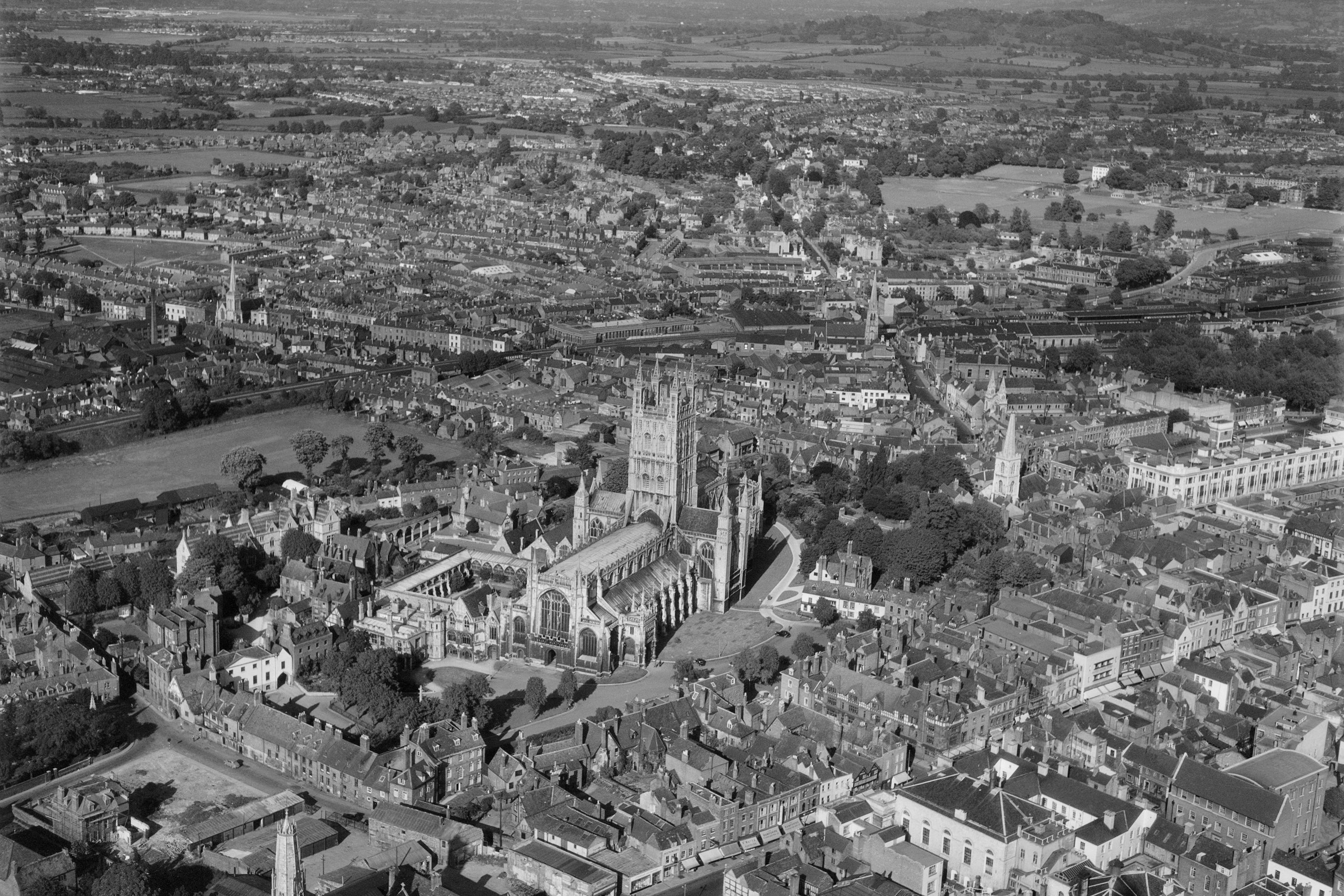Work of pioneering aerial photographer celebrated
The Harold Wingham Collection of almost 2,000 photographic negatives and corresponding prints has been made available online to the public.

Your support helps us to tell the story
From reproductive rights to climate change to Big Tech, The Independent is on the ground when the story is developing. Whether it's investigating the financials of Elon Musk's pro-Trump PAC or producing our latest documentary, 'The A Word', which shines a light on the American women fighting for reproductive rights, we know how important it is to parse out the facts from the messaging.
At such a critical moment in US history, we need reporters on the ground. Your donation allows us to keep sending journalists to speak to both sides of the story.
The Independent is trusted by Americans across the entire political spectrum. And unlike many other quality news outlets, we choose not to lock Americans out of our reporting and analysis with paywalls. We believe quality journalism should be available to everyone, paid for by those who can afford it.
Your support makes all the difference.Friends and colleagues of a pioneering aerial photographer have come together to celebrate his work.
The Harold Wingham Collection of almost 2,000 photographic negatives and corresponding prints has been made available online to the public for the first time.
The collection is divided into 86 flights, which were flown between April 1951 and July 1963 across the south-west of England.
Wingham, who died last year, used hand-held aerial reconnaissance cameras, which could produce images with excellent resolution, hence the quality of detail captured in his photography.
The collection is celebrated for its mix of architectural, archaeological and industrial subjects and views of villages and towns in the early post-war period, offering a unique insight into the changing landscape of the region.
Wingham was born in the New Forest in 1924 and during the Second World War served in the RAF as a wireless operator and trainee navigator.
After the war, he compiled weather reports for the Ministry of Civil Aviation in Gloucester and later worked for the Gloster Aircraft Company.
Wingham, who lived at Cranham in Gloucestershire, took flying lessons and learned photography so that he could carry out aerial reconnaissance for archaeological purposes.
He acquired Government surplus camera equipment and film and began recording the archaeology and architecture of the West Country, covering sites in Cornwall, Devon, Gloucestershire, Hampshire, Herefordshire, Monmouthshire, Oxfordshire, Somerset, Warwickshire, Worcestershire and Wiltshire.
Much of his flying was self-funded and reflects his archaeological and social interests.
Wingham’s collection began in the 1950s and aerial photographs and negatives were retained in what is now Historic England’s archive.
To commemorate his life and work, Historic England collaborated with some of Wingham’s friends and associates to create three online displays.
Katy Groves, from Historic England, said: “The Harold Wingham Collection is my all-time favourite collection that I have had the privilege to work on.
“There is a timeless quality to his photography that just makes his material stand out.”
Richard Savage, a friend of Wingham’s, said: “I first met Harold in 1970 at the second season of excavations at Crickley Hill in Gloucestershire.
“He came to the site hut, in traditional country walking tweeds and said, in the light, quiet voice all his friends will remember: ‘I wonder whether these might be of any interest to you?’
“He was holding out prints of his classic air photographs of the site. We were indeed very interested, and they were immediately and always important to our work, enabling us to set the excavation results year by year in the context of the unexcavated remainder of the site.
“I came to learn that this quiet, generous approach with important material was characteristic of his kindness and scholarship.”